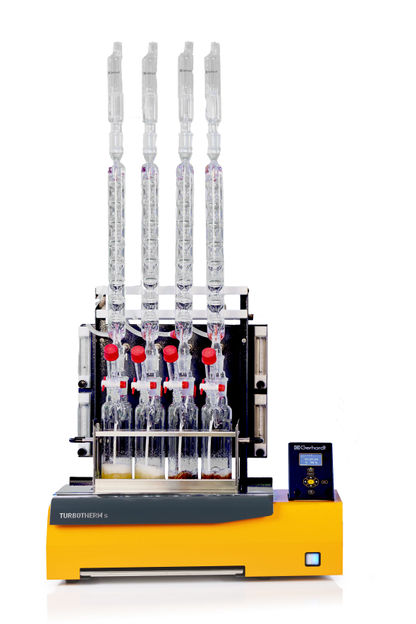New hydrogel stretches and contracts like a heat-driven muscle
Advertisement
In research a team led by scientists from the RIKEN Center for Emergent Matter Science in Japan has developed a new hydrogel that works like an artificial muscle - quickly stretching and contracting in response to changing temperature. They have also managed to use the polymer to build an L-shaped object that slowly walks forward as the temperature is repeatedly raised and lowered. hydrogels are polymers that can maintain large quantities of water within their networks. Because of this, they can swell and shrink in response to changes in the environment such as voltage, heat, and acidity. In this sense they are actually similar to the plant cells, which are able to change shape as the amount of water within them changes in response to environmental conditions.

Kim et al. Nature Materials
However, most hydrogels do this very slowly, and must absorb and excrete water to either expand or shrink in volume. The unique property of the hydrogel developed by the RIKEN team is that it acts like an artificial muscle, which does not contract equally in all directions. Rather, they contract in one dimension while expanding in another, meaning that they can change shape repeatedly without absorbing or excreting water.
The secret to the new hydrogel's property is electrostatic charge. Using a method that they published earlier this year, the team arranged metal-oxide nanosheets into a single plane within a material by using a magnetic field and then fixed them in place using a procedure called light-triggered in-situ vinyl polymerization, which essentially uses light to congeal a substance into a hydrogel. The nanosheets ended up stuck within the polymer, aligned in a single plane. Due to electrostatic forces, the sheets create electrostatic resistance in one direction but not in the other.
The team members were intrigued to find, additionally, that the process was very fast, taking just one second, with the rate of deformation, at about 70% per second, being higher than what has been seen in other hydrogels.
As a demonstration of how the polymer could be put to practical use, the group designed an L-shaped piece of polymer that can actually walk, in a water environment, as the legs lengthen and contract in response to changing temperature. The group now plans to conduct further studies to create substances that can be used in practical applications.
































































